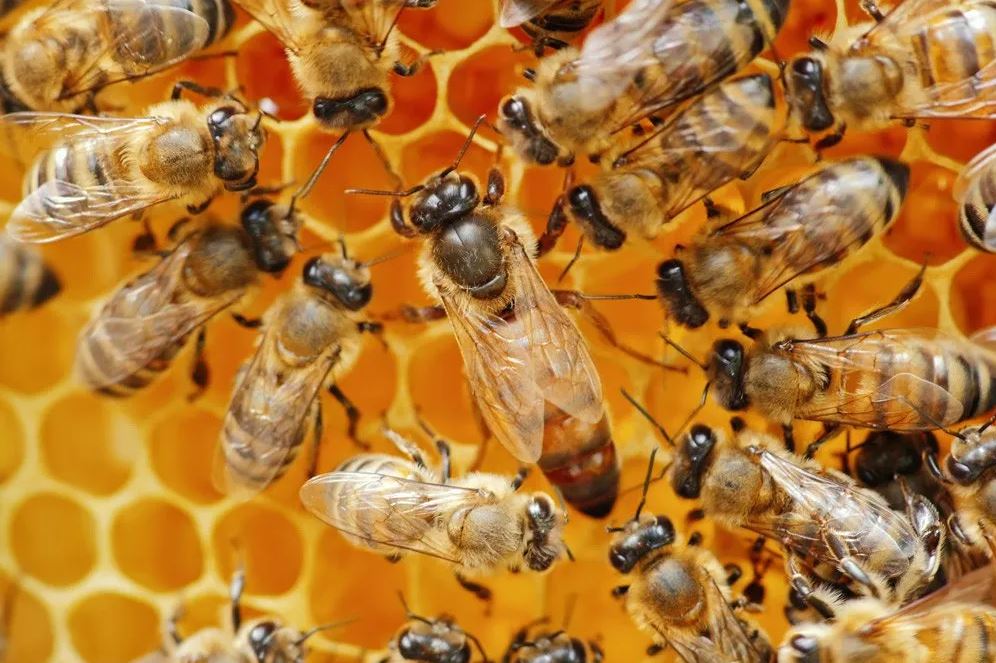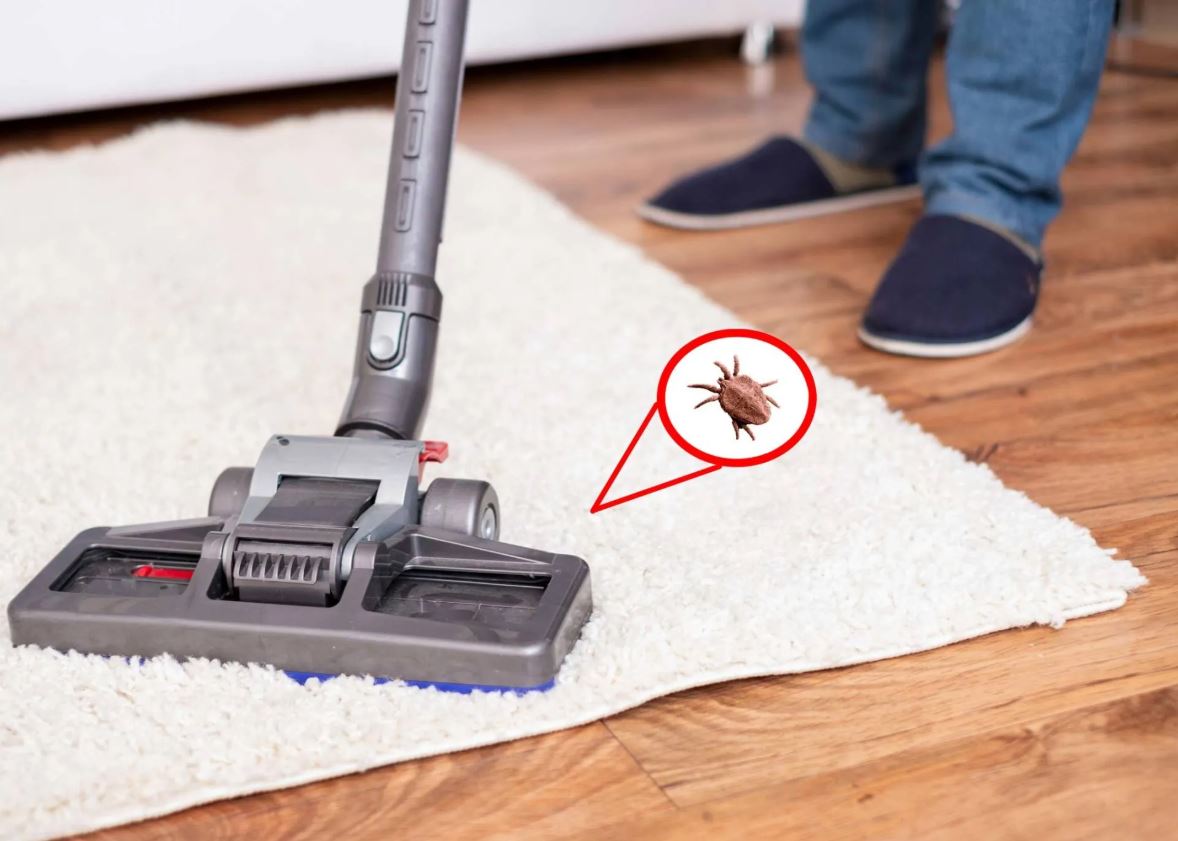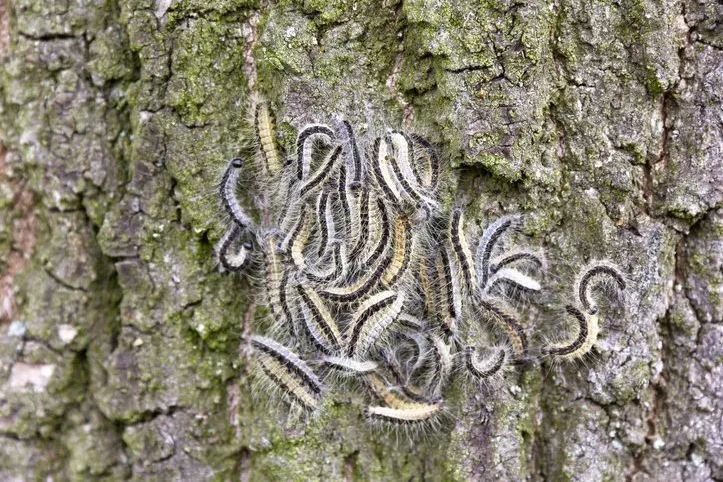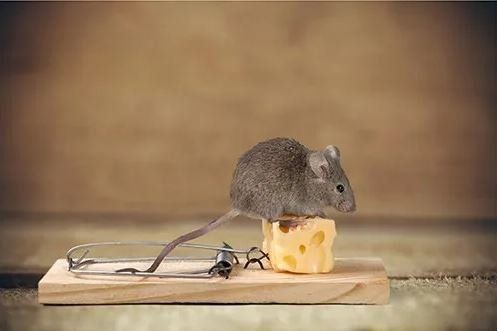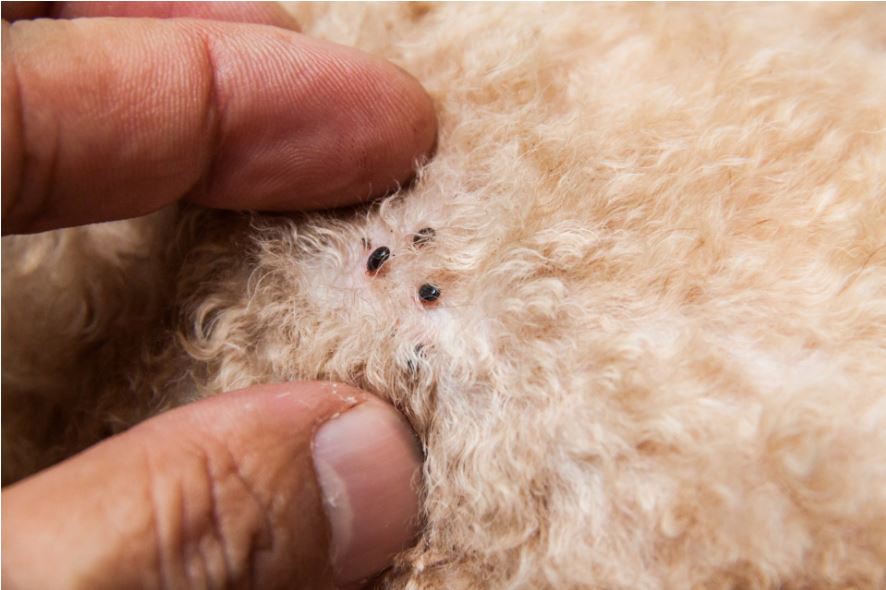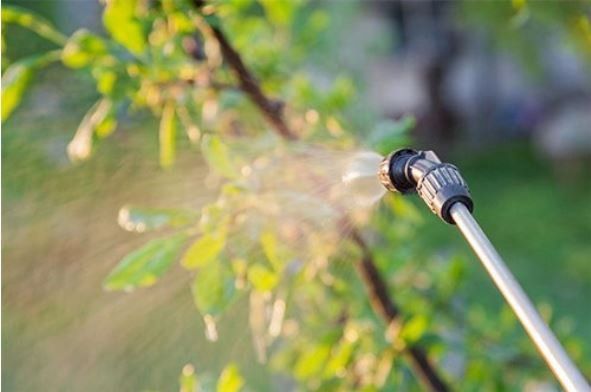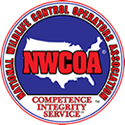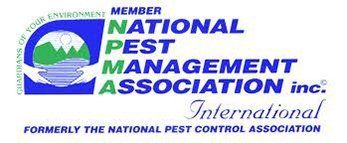MONTEREY BAY
PEST CONTROL INC.
LOCALLY OWNED AND OPERATED
Blog Layout
5 Places to Look for Bed Bugs Besides the Bed
Admin • Jun 02, 2020
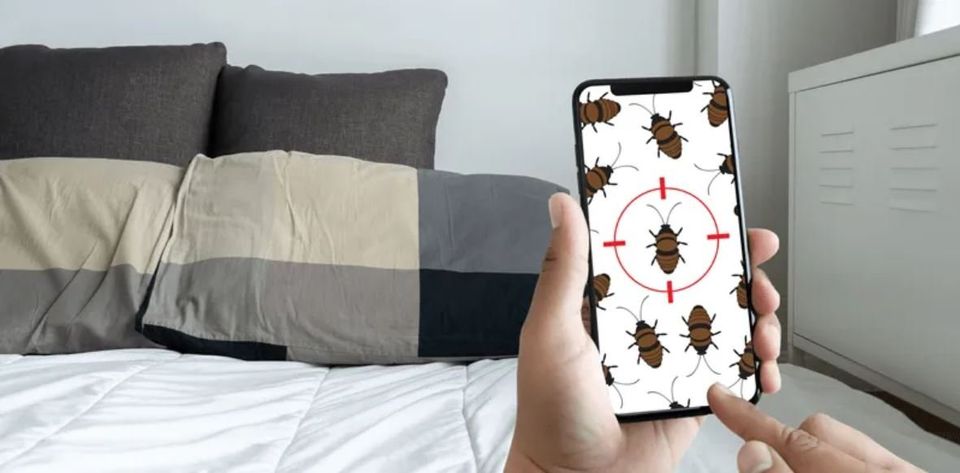
The name of the insect may imply that they dwell only in bedding, but the persistent bed bug can travel to many other places in your home. Effective pest control needs to focus on eradicating the pest throughout the home. If you think you may have a bed bug infestation, here are five places to check besides your mattress.
Under Worn Wallpaper
Loose and torn wallpaper is a safe place for hidden travel. Bed bugs can use these hidden spots to get to the bedroom and may even tuck into electrical outlets along the way. Replace or repair any loose or torn wallpaper to make the option unavailable to them.
Snuggled Into Sofas
Soft furnishings like sofas and recliners have the same benefits as beds. The soft spots have seams and crevices where the pests can hide, and they typically have many occupants for bed bugs to feast on. Bed bugs reach furnishings by clinging onto the clothing of family members or visitors and stay around because of the convenience.
Look around the seams and between or under cushions to detect any insects. Look closely because bed bugs are about the size and shape of an apple seed. Rust-colored spots or small blood stains on the cushions could also indicate their presence.
Hidden in Carpets
Carpets are not a favorite area of the parasites because they do not have access to a food supply as easily on the floor as they would a piece of furniture. Unlike fleas, bedbugs dislike feeding on dogs, so they do not accumulate around pets.
However, carpeting gives bed bugs a simple way to travel to more favorable areas like the sofa or bedroom. The pests may even find their way onto people as they walk through or when they sit on the sofa. Bed bugs prefer thicker, longer carpeting because it gives them an adequate hiding space, so inspect your carpets carefully.
Traveling in Vehicles
People can transfer bed bugs from their homes or other places and into their vehicles. The insect may travel with the person inside or stay outside in the vehicle. A warm climate like California makes the car a comfortable spot for the bed bugs to stay, even if it's parked outside.
Inside the vehicle, bed bugs will hide in seats and carpets, and they'll feed when people use the vehicle. Look for signs common to bedroom infestations. Dark spots from dried blood or droppings could show up on the seats or carpets. You might also find shed insect exoskeletons between seats or in other grooves in the interior.
Huddled in Handbags
A handbag makes it easy for bed bugs to spread out to many places. Handbags often sit on floors, beds, and chairs in the home. Pests can easily climb out of a bag and find a new hiding spot. The insects may even use the bag to travel to other areas in the home or other parts of the community.
Handbags typically have a lot of seams and pockets, so they provide many hiding spots. Wash cloth bags in hot water and dry them on high heat to help remove the pests and inspect the bags closely after laundering. Ask a pest control service about how to manage leather bags and other materials that cannot go into a washing machine.
The locations mentioned above are not a complete list of bed bug hiding spots. Clothing, stuffed animals, and any hidden area with a potential meal nearby fit their needs. At Monterey Bay Pest Control Inc., we design eradication plans that address every hiding spot, so you have a safer and more comfortable environment. Call today to schedule a home inspection.
By Admin
•
01 Dec, 2019
Pests can easily make their way from the yard and garden into your garage. Read this blog to get ideas on how to stop pests from coming inside your garage.
By Admin
•
01 Oct, 2019
If you want to better protect your home from bug invasions, check out these four common types of pest control methods, and choose the best option for you.
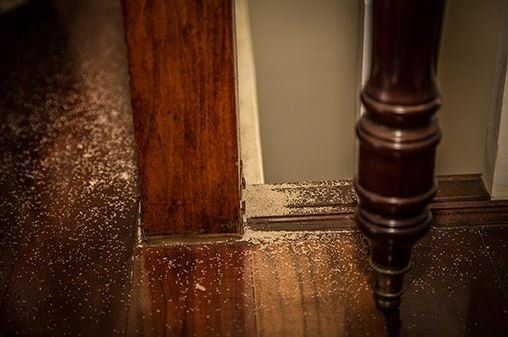
By Admin
•
22 Oct, 2018
Several types of termites invade California homes, including drywood, dampwood, and subterranean termites. Termites destroy structures, fencing, food, and household furnishings. So if you want to protect your property, you need to be vigilant. Here are three ways to put up an effective fight against termites for your home and belongings. 1. Remove Termite Attractions From Your Property Termites colonize an area because the area provides something that the termites need. Two of the primary needs of termites are moist soil and wood. If you have any leaks, puddles, or damp spots below your woodframed home, you have everything a pair of termites needs to create a whole new colony. Wet or rotting wood is also an attractant for termites. Termites can digest structurally sound wood, but they have an easier time eating wood that's crumbling due to fungal infestation. Clean up all sources of moisture around your yard and underneath your house, decks, and porches. Have a plumber repair pipes, and fix drainage issues that make water pool near your home's foundation. Pick up rotting wood, and have bad wood replaced in your home. Also, don't allow wood framing members to be within 12 inches of the soil at any point. Remove wood mulch and all woody plants away from the edges of your home's foundation to a distance of at least a foot away from your home. 2. Know the Signs of Termite Infestation Many homeowners are unaware of the first signs of termite colonization. By the time homeowners notice a serious termite problem, their homes are hosting several gigantic colonies of subterranean termites. You can completely avoid a termite surprise by having your pest control professional inspect your home once or twice a year. If you want to keep an eye on your own home and inspect the premises yourself, understand that destructive subterranean termites climb up from the soil to reach the wood in your home. The termites don't like to be seen or exposed to the air, so they build mud tubes from the ground level up to your floor joists. Mud tubes may be colored sandy, reddish, or dark brown depending on the soil available to the termites. The subterranean-termite tubes can be found on piers, basement walls, crawl-space foundations, and posts. Tubes lead from the colony and soil surface up to structural wood. Other signs of termite damage near wood include: Piles of sawdust or pellet-shaped droppings Entry holes in wood Blistering of outer wood surfaces Darkening or staining of wood grain Hollow sound to wood when rapped In autumn and spring, termites swarm away from their home colonies to develop new colonies nearby. You may see swarms of both ants and termites in fall and spring months. These termites have lacy, fragile wings and slim, dark bodies. A termite swarm indoors indicates that your home has one or more colonies of termites eating away at the structural members of the house. 3. Seek Help to Eradicate and Repel Termites Serious remedies are needed to combat termite infestations in homes. If you suspect your home has been infested with any type of termite, contact a qualified pest control company to confirm your suspicions. Treatment of your home will depend on the type of termites infesting the wood. Drywood termites are often eradicated by fumigating the complete home. Some homes are tented and heated to kill termites. Spot treatments and soil treatments are also options for subterranean termites. You may need to schedule more than one pest-control treatment to get rid of a heavy termite infestation. Your pest control company will monitor your home to check for re-infestations after your home is treated for termite problems. If you see autumn swarms or other signs of termites in your house, schedule an inspection of your home by the experts at Monterey Bay Pest Control Inc. Since 1950, we've provided effective termite control for homeowners throughout Monterey County, California.
Phone:
Mailing Address:
PO Box 810 Seaside, CA 93955
Two addresses to serve you better:
Monterey Bay Pest Control
1997 Del Monte Blvd. Seaside, CA 93955
Monterey Bay Pest Control
4041 Soquel Dr. Ste 320
Soquel, CA 95073
Content, including images, displayed on this website is protected by copyright laws. Downloading, republication, retransmission or reproduction of content on this website is strictly prohibited. Terms of Use
| Privacy Policy
